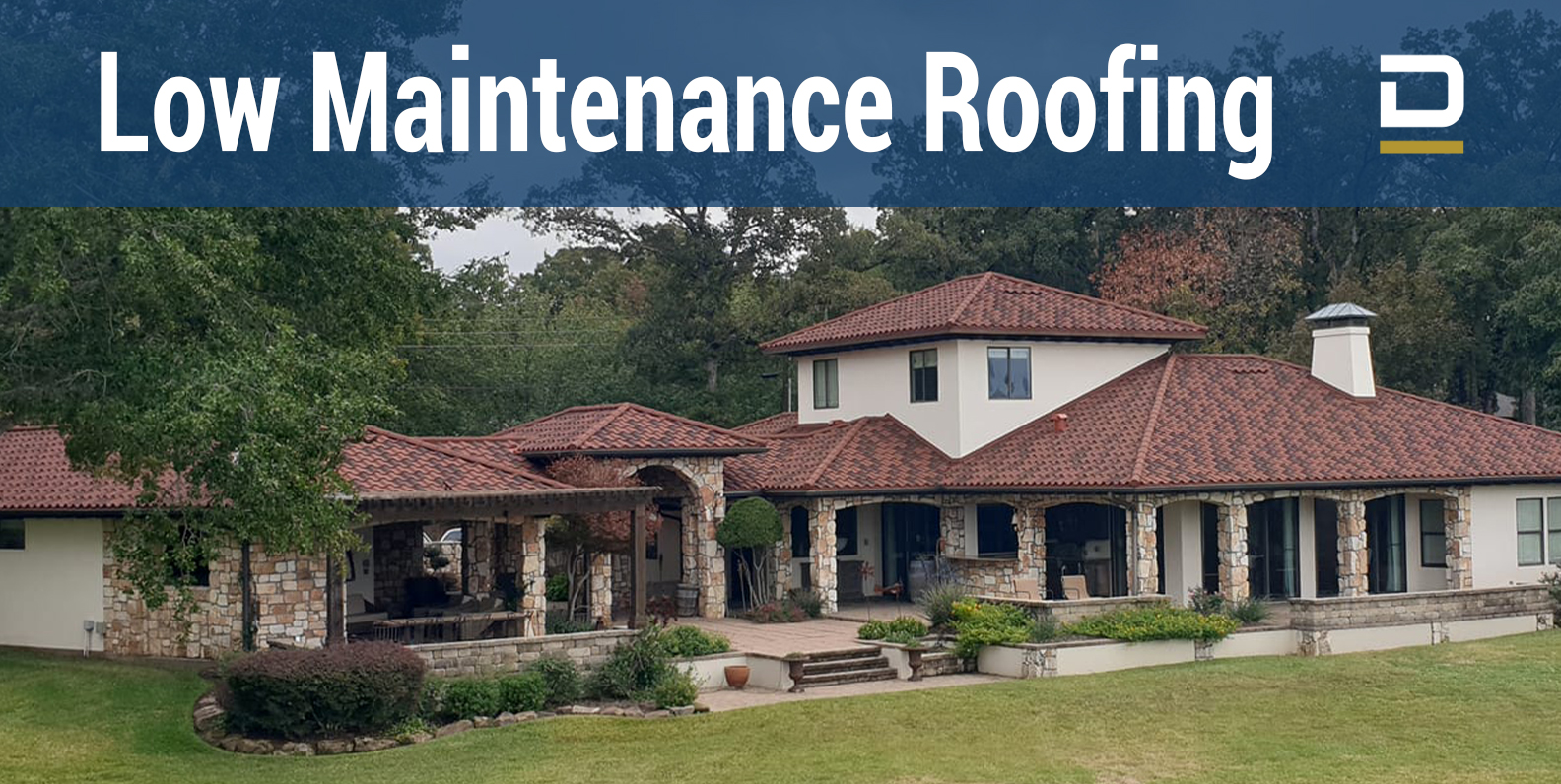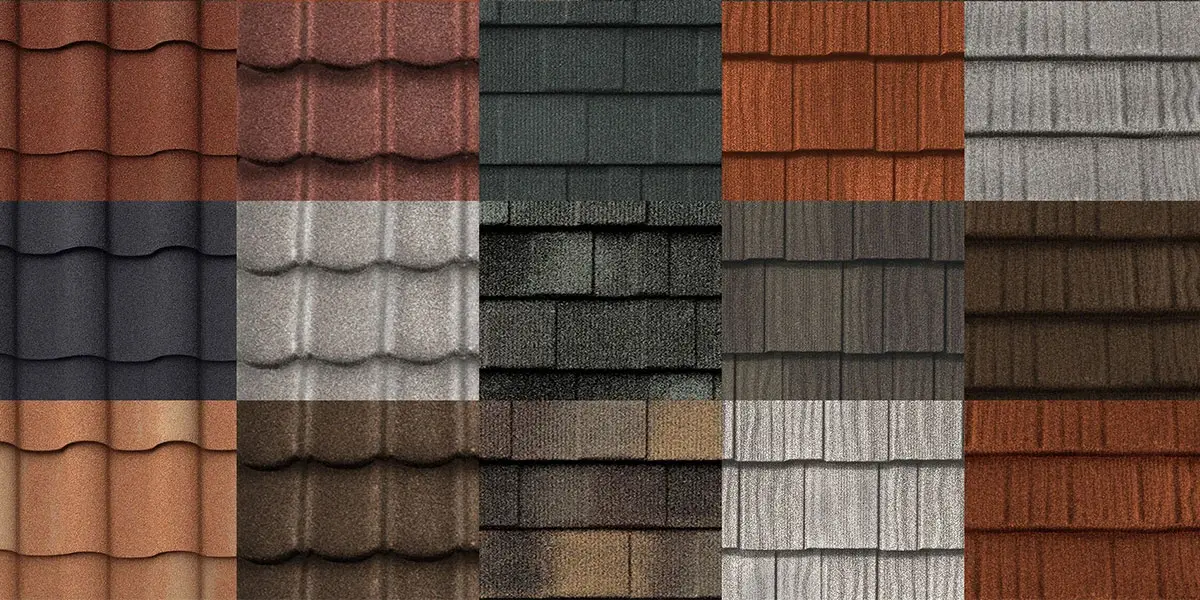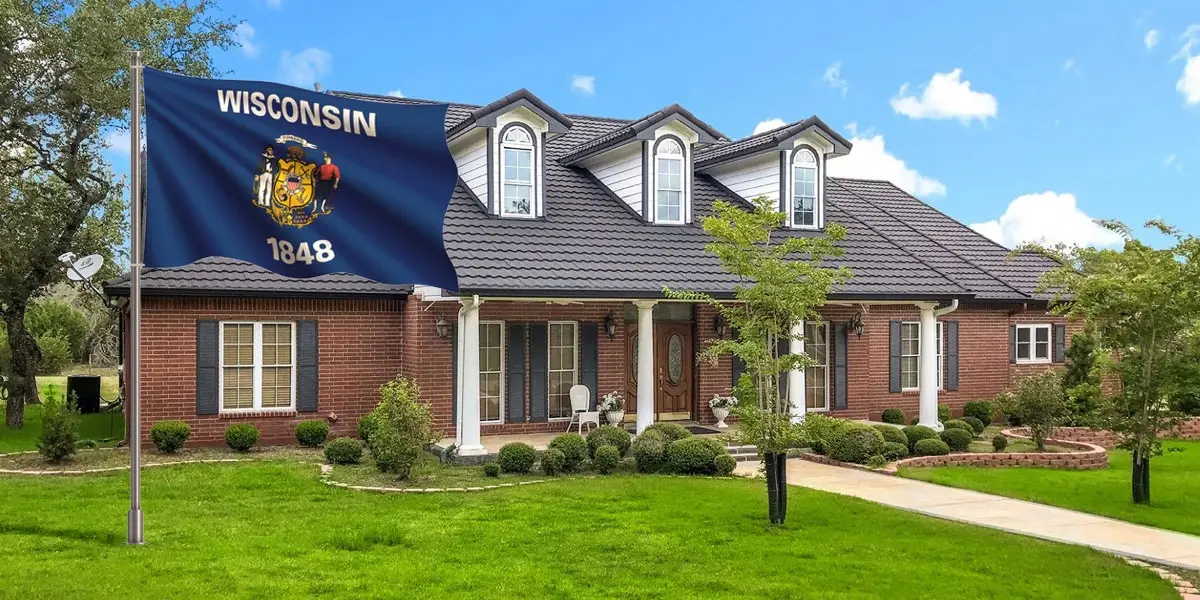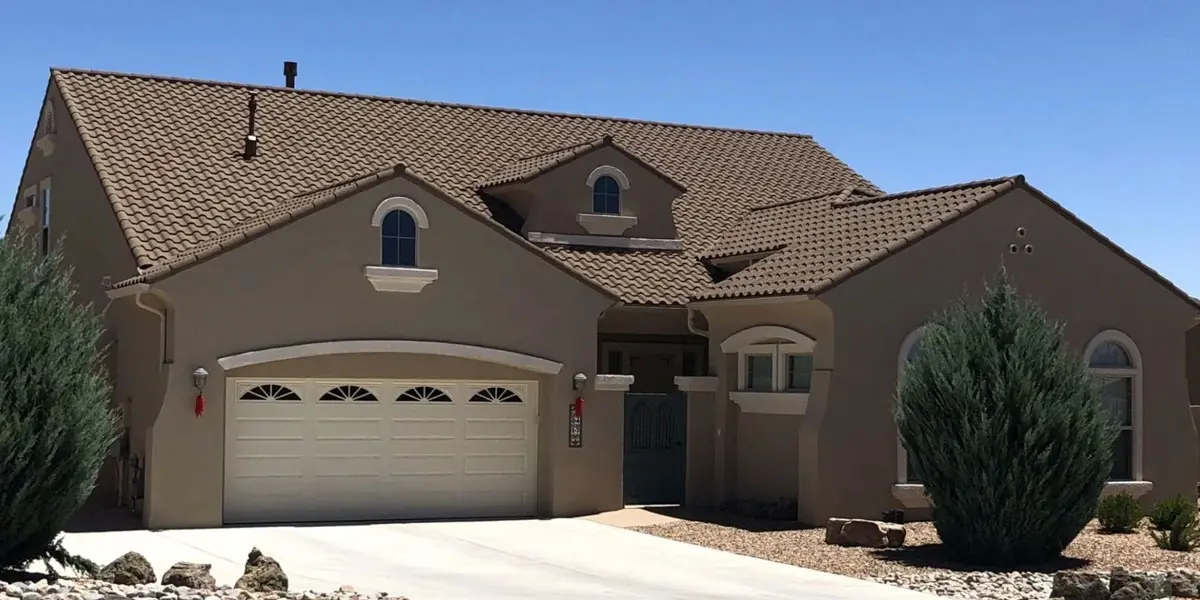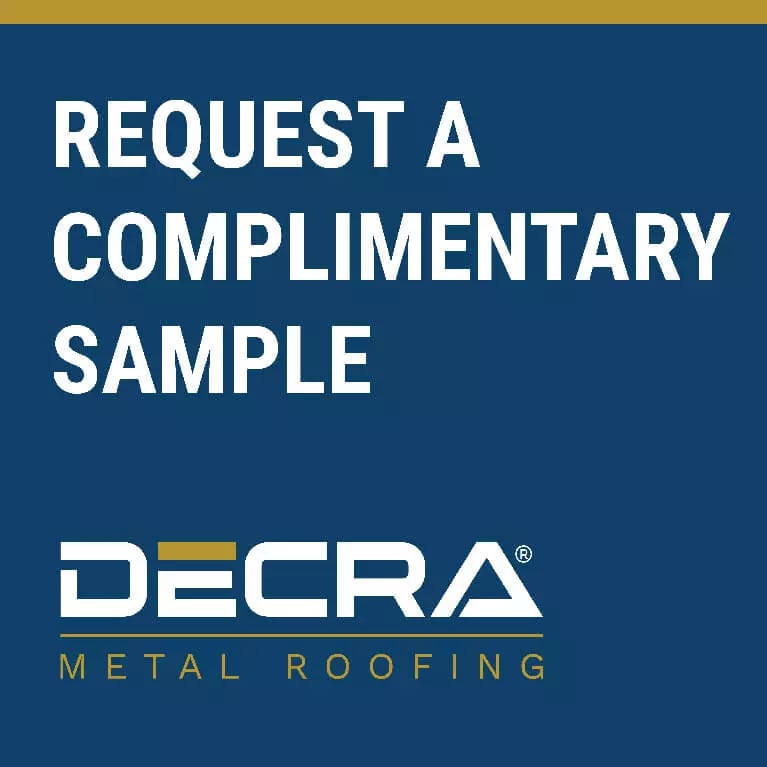No homeowner wants to invest in a roof that requires high maintenance.
From ongoing upkeep to frequent repairs, a high-maintenance roof can drain your time, energy, and wallet. A low-maintenance roof, on the other hand, provides peace of mind and a lower total cost of ownership.
But choosing an easy-to-maintain roof can be a challenging task given the variety of options available.
To help you make the best choice possible for your home, here are four questions to consider when researching different types of roofing materials:
- How well does the roofing material resist water and moisture?
- Does the roofing material withstand UV radiation?
- Is the roof easy to clean?
- How durable is the roof?
How well does the roofing material resist water and moisture?
Water and moisture are two of the biggest threats to your roof, but they affect it in different ways. A roofing material that effectively resists both will substantially reduce the need for maintenance and repairs.
One of the easiest ways to know if a roofing material resists liquid water and moisture is to assess its porosity.
Porous roofing materials are penetrable by both water and moisture. Water can infiltrate through small openings, and moisture can accumulate within the material over time. When moisture gets trapped within the roofing material, temperature fluctuations cause moisture to expand and contract, which can weaken the roofing material. Additionally, accumulated moisture creates the perfect environment for mold and algae to thrive.
For example, wood shake roofing requires frequent maintenance and chemical treatments due to its porous nature. Just like a living tree, a wood roof inherently absorbs and retains moisture. The retained moisture can cause a wood roof to warp, split, or even lose its structural integrity. To prevent this, homeowners are advised to schedule sealing treatments every six months.
Non-porous roofing materials, such as metal roofing, offer superior defense against water and moisture. Certain types of metal roofing, such as stone-coated metal roofing, have interlocking panels that form a watertight seal to help keep the entire roofing system safe from water and moisture infiltration.
Does the roofing material withstand UV radiation?
Prolonged exposure to UV radiation from the sun can quickly degrade some roofing materials. Asphalt shingle roofs are particularly vulnerable to UV degradation.
Asphalt shingles contain oils that make them flexible and waterproof. UV radiation accelerates the oxidation of these oils, leading to embrittlement and reduced elasticity. When asphalt shingles lose their flexibility, they’re more likely to crack and break in high winds or heavy snow.
As asphalt shingles weaken or crack, they become less effective at resisting water and moisture intrusion, often resulting in roof repairs or replacements.
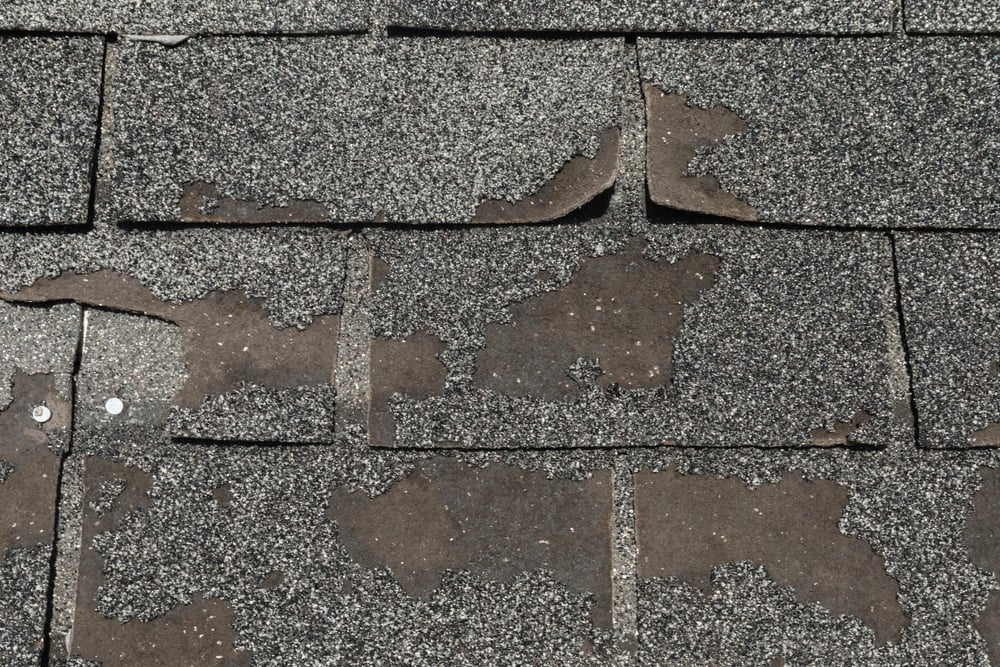
To ensure effective UV resistance and avoid ongoing water sealant treatments, look for a roofing material that is naturally resistant to UV radiation, such as metal roofing. Unlike asphalt shingles, metal roofing does not undergo the same kind of molecular degradation when exposed to UV rays.
Is the roofing material easy to clean?
Due to the inevitable accumulation of dust, dirt, and debris on a roof’s surface over time, it’s recommended to periodically clean your roof.
Several factors dictate how often a roof needs to be cleaned, including the local climate or the presence of overhanging trees, but typically a low-maintenance roof only requires a light cleaning every one to two years.
Be sure to consider that some roofing materials are much easier to clean than others.
For example, metal roofing requires minimal cleaning. Washing a metal roof’s surface with water or a gentle cleaning solution is all it takes to remove any build-up or debris.
However, cleaning the roof gets a bit tricky when it comes to clay tile roofs due to their extremely fragile nature. Clay tiles are so delicate that just walking on them for routine cleaning can crack or break the tiles.
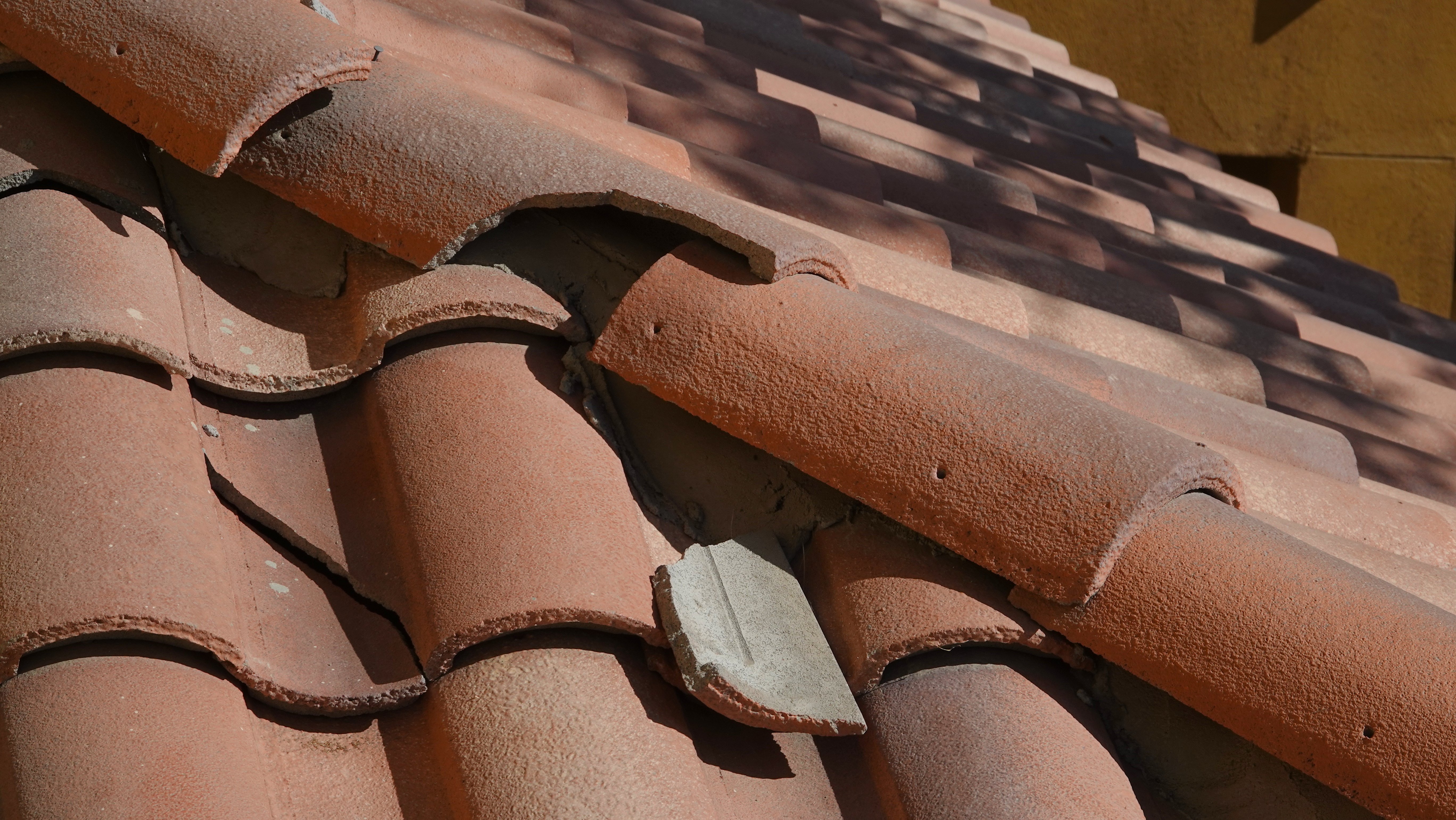
How durable is the roofing material?
The maintenance requirements of any roofing material are intrinsically linked to its long-term durability.
It’s important to note that highly durable roofing materials will cost slightly more to install, but they will provide a much higher ROI, last substantially longer, and require far less maintenance than lower-quality roofing materials.
As the cheapest roofing material on the market, asphalt shingles have the shortest lifespan and need to be replaced as often as every 12 years.
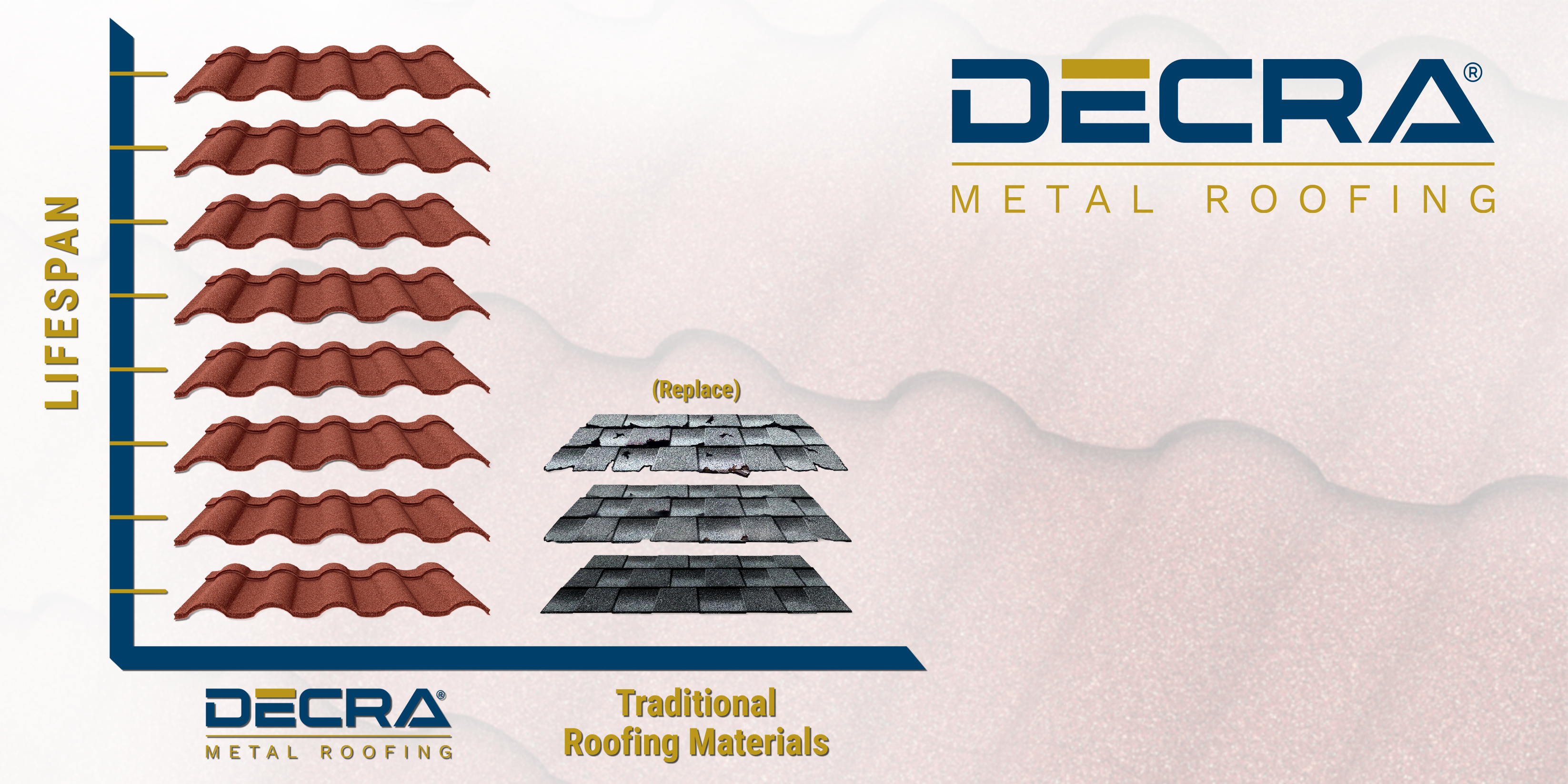
So, while the initial cost to install asphalt shingles is lower than higher quality materials, the long-term costs are much higher given the frequent need for maintenance, repairs and replacements.
If you’re looking for a roofing material with high performance and low maintenance, metal roofing is tough to beat, thanks to its industrial-strength durability.
Metal roofing is engineered to withstand nearly anything Mother Nature has to offer, including:
- Hail: Metal roofs have the highest Class 4 impact rating.
- Fire: Metal roofs are non-combustible and have the highest Class A fire rating.
- Hurricanes and Tornadoes: Top-tier metal roofing products, such as DECRA Metal Roofing, are approved for use in high-velocity hurricane zones (HVHZs).
- Snow and Ice: Metal roofs are non-porous and can withstand repeated freeze and thaw cycles.
Low-Maintenance DECRA Metal Roofing
Since 1957, DECRA Metal Roofing has bridged the gap between industrial durability and architectural beauty. Manufactured at our state-of-the-art facility in Corona, California, DECRA’s line of stone-coated metal roofing products are tested above and beyond the requirements to ensure the quality that DECRA is known for is present in each and every panel we produce.
If you’re looking for a low-maintenance and high-performance roof, then you’re looking for DECRA.
See and feel the DECRA difference by ordering a complimentary sample today.

